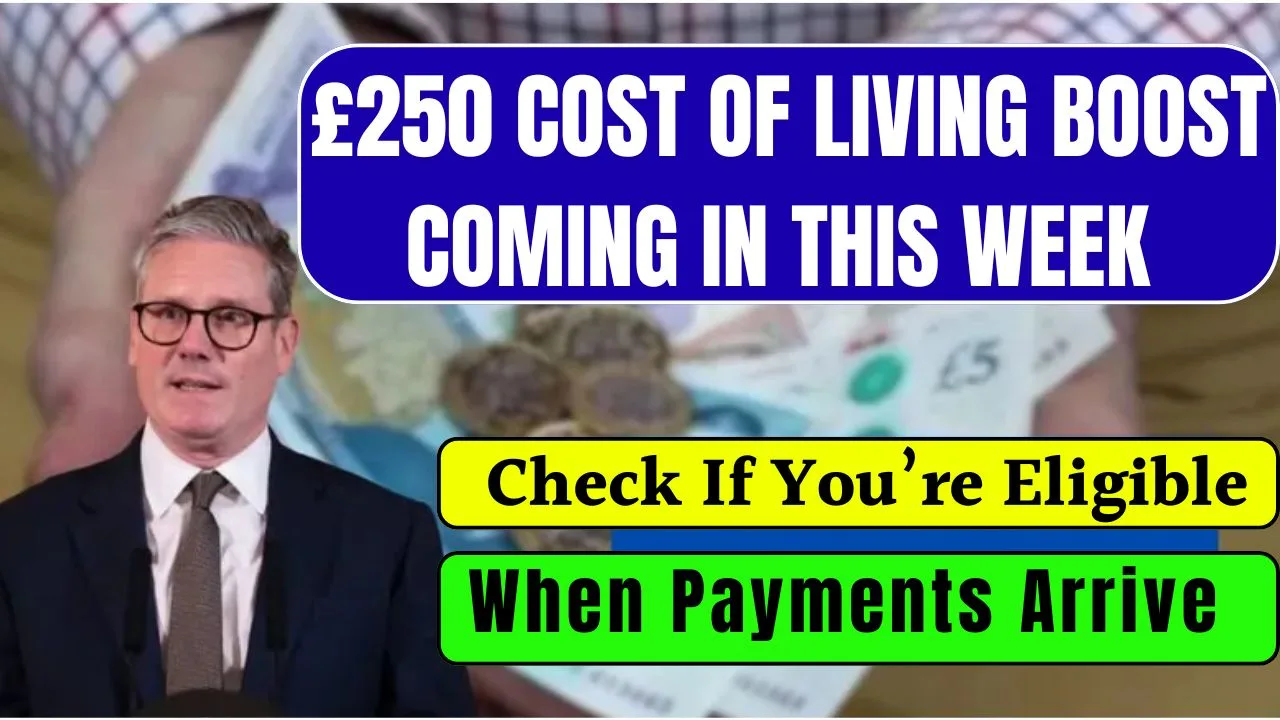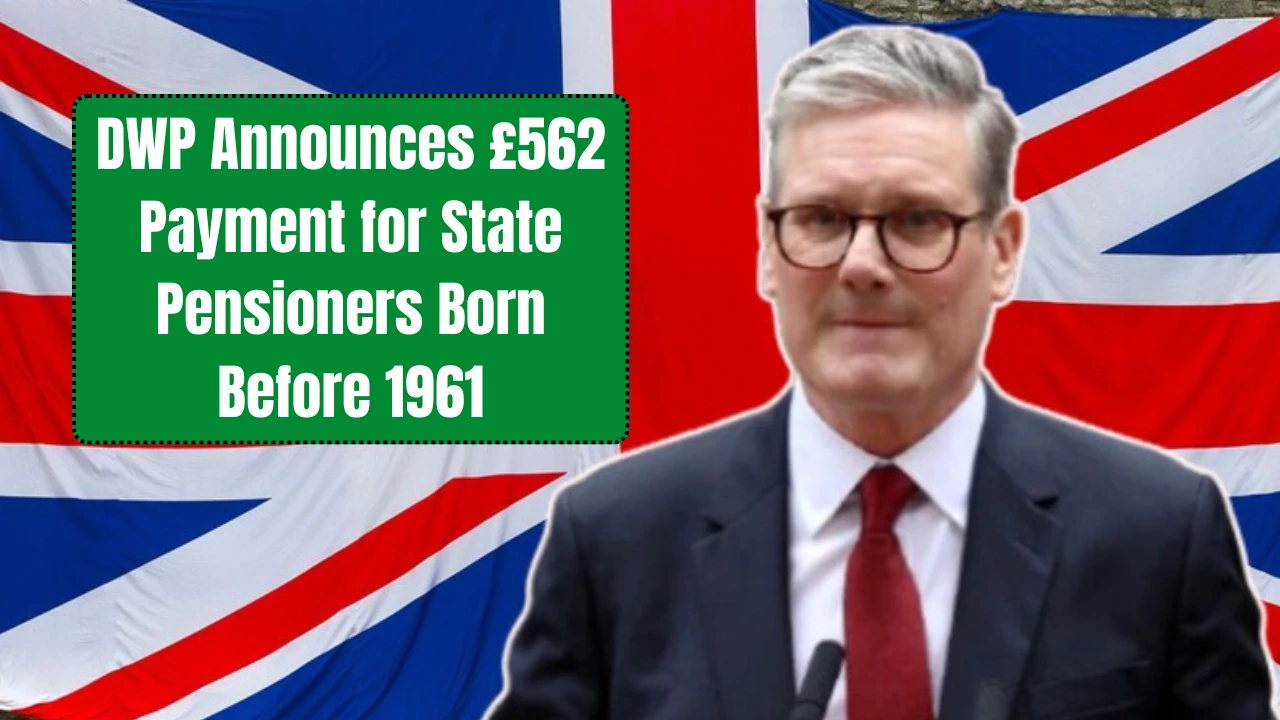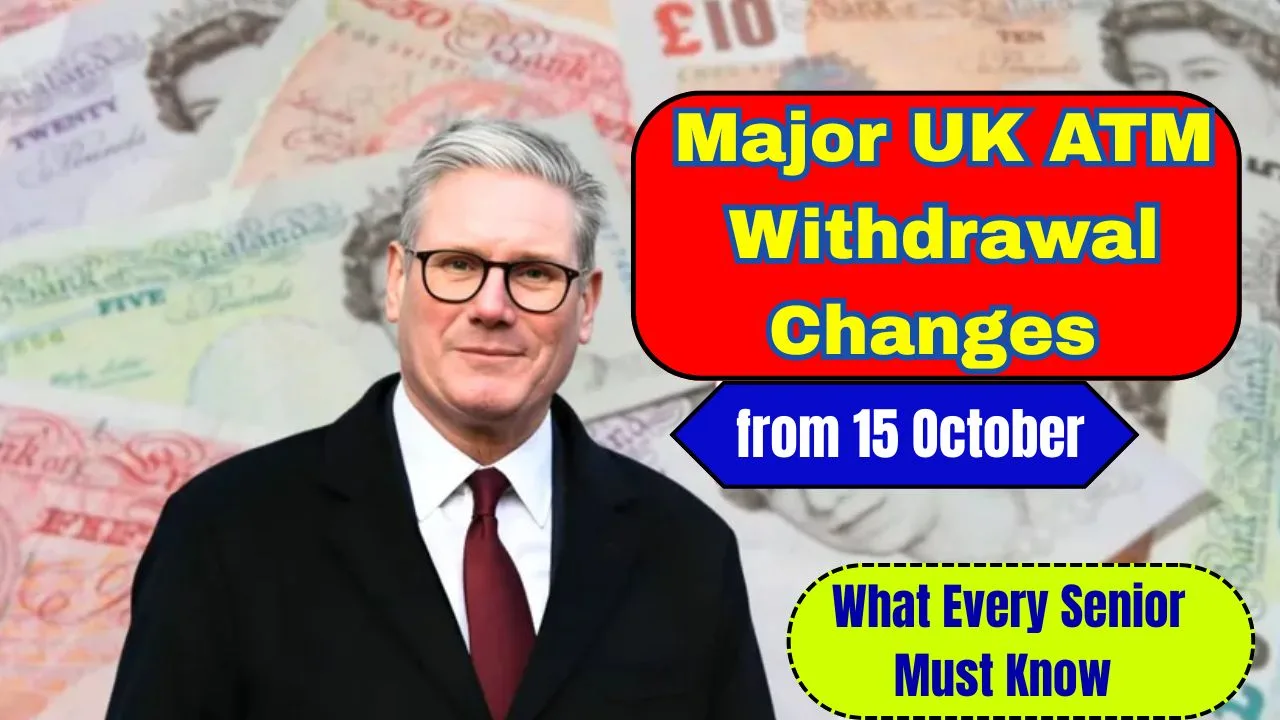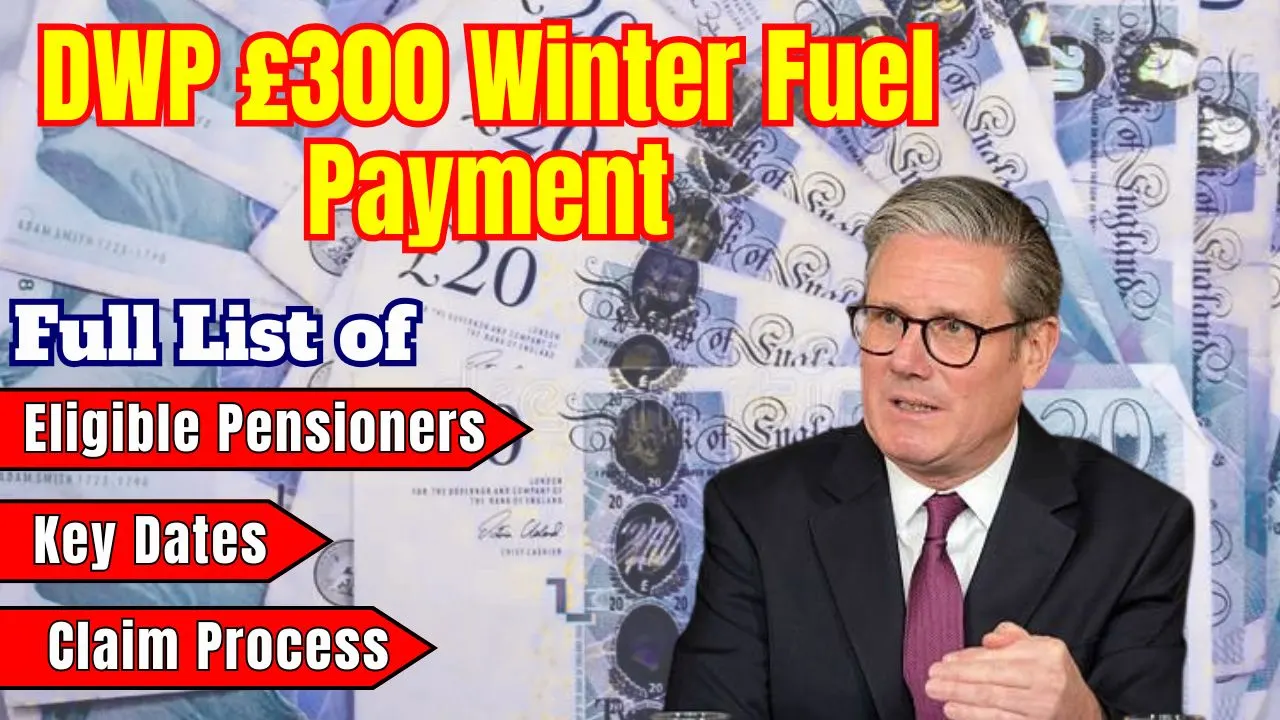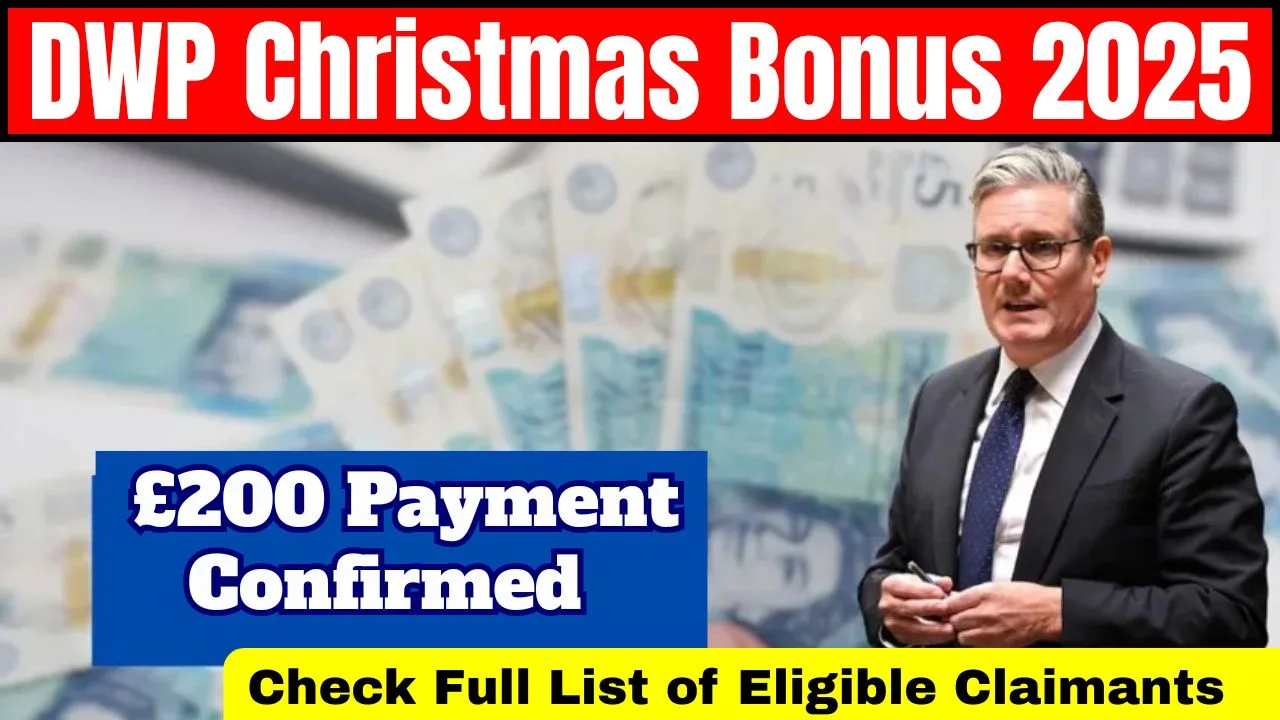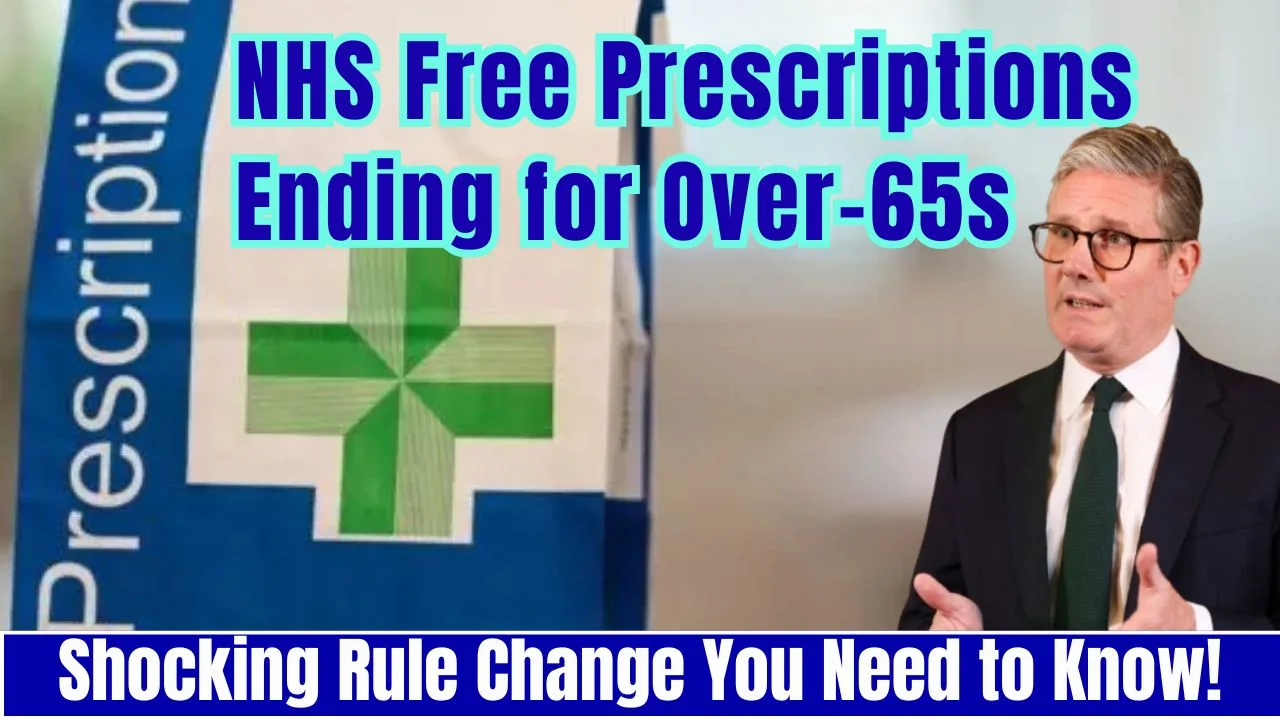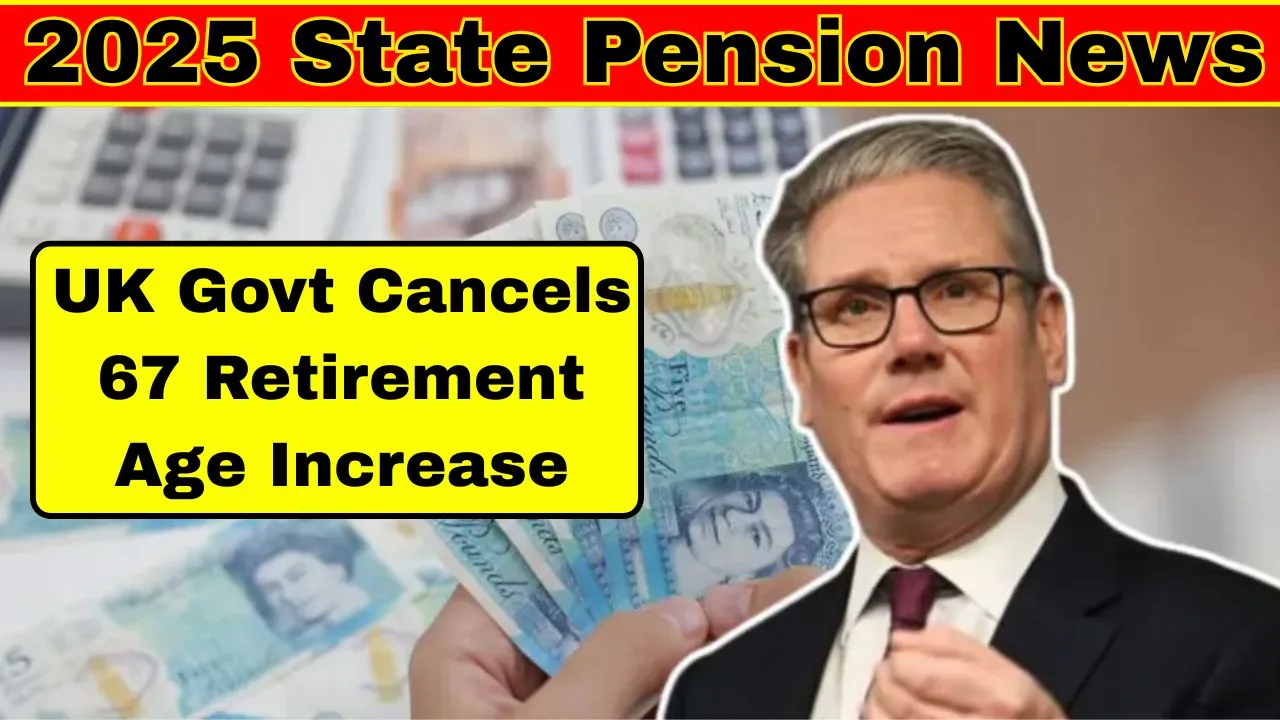If you’re already feeling the squeeze as bills rise, you might find some relief soon: the £250 cost of living boost is expected to be disbursed this week. This extra payment is aimed at helping those on low incomes or certain benefits cope with inflation, energy costs, and everyday essentials. You don’t want to miss whether you qualify.
The £250 cost of living boost is a one-off support measure being rolled out via the benefit system. In this article, I’ll walk you through who might be eligible, when payments will arrive, how they’ll be delivered, and what to do if yours doesn’t show up. You’ll also see a compact overview table and clear headings so you can find what you need fast.
£250 Cost of Living Boost: Eligibility, Payment & Delivery
The government has introduced the £250 cost of living boost to support struggling households as prices remain high across the board. This one-time payment is expected to land in many people’s accounts this week, targeting those on means-tested benefits such as Universal Credit or income-based Jobseeker’s Allowance. It’s not a universal payout, and not everyone will receive it, so checking your eligibility is key. The payment will be made automatically to those who qualify, meaning there’s no application needed. As long as your benefits are up to date and your account details are accurate, you should receive it without needing to take action. For many, this money will be used to cover food, energy, or transport costs, essential expenses during these challenging times.
Overview Table
| Item | Detail |
| Amount | £250 one-off payment |
| Qualifying Recipients | Those receiving means-tested benefits or in vulnerable categories |
| Delivery Channel | Automatic via existing benefit or welfare payment route |
| Expected Timing | This week (varies by benefit type) |
| Conditions | Must hold active qualifying benefit; bank or account info up to date |
| What to Do If Absent | Contact benefit authority, verify account status |
Who Qualifies for the Boost?
The £250 cost of living boost is not for everyone. It’s aimed at people receiving certain benefits or support payments. These may include Universal Credit, Income Support, income-based Employment and Support Allowance, or income-based Jobseeker’s Allowance. You usually need to have been eligible on a specific qualifying date, meaning if your claim was approved after that date, you may not be included.
If your benefit has been suspended, reduced to zero, or if your account details are outdated, you might not receive the payment. However, those who meet all the conditions should receive the money automatically, with no application process needed. This approach is meant to speed things up and reduce errors in the delivery.
When Will Payments Arrive?
If you qualify for the £250 cost of living boost, the money should be arriving this week. Payment schedules depend on the specific benefit you receive and the department processing your payments. For most people, it will appear in the same account where their usual benefits are paid.
There’s no official “payment day,” so it may vary by person. If you don’t see the money in your account by the end of the week, check your benefit status, account details, and wait a few days. It’s possible there may be delays depending on processing times or technical issues.
How the Payment Works
The government is issuing the £250 cost of living boost through existing benefit systems. That means if you receive benefits now, the money should come through automatically. There’s no need to apply or submit any forms.
The payment is a separate one-time deposit and won’t count as taxable income. It also won’t affect your eligibility for other benefits, so you can receive it without worrying about losing additional support. The goal is to provide a simple, straightforward financial boost to people who are already managing tight budgets.
What to Do If You Don’t Get It
If you were expecting the £250 cost of living boost and it didn’t show up, don’t panic. First, check if your qualifying benefit was active on the eligibility date. If your benefit was paused, sanctioned, or recently approved, you might not be eligible.
Next, confirm that your payment details are correct and updated with your benefits office. Sometimes payments fail due to old or incorrect bank account details. If everything seems in order and you still haven’t received the payment, contact your benefits provider to investigate. Be prepared to provide documentation if requested.
Caveats and Extra Support
It’s important to remember that the £250 cost of living boost is a one-off payment, not part of a regular support package. Only those who meet specific eligibility rules will receive it. There are also other forms of support available, like council grants and Household Support Funds, which vary by local authority.
Also, watch out for scams. Since the payment is automatic, no one should contact you to ask for personal details or banking information. If you receive a suspicious message, report it and avoid responding. Stick to official channels for any inquiries.
Why It Matters Now
With household costs staying high, even a one-time payment like the £250 cost of living boost can make a difference. It’s a small but helpful way to ease some of the financial burden many are facing. Whether it helps pay for heating, groceries, or debt, it’s aimed at giving vulnerable households a bit of breathing room during tough economic times. If you’re eligible, make sure your benefit details are current and wait for the funds to appear. If not, explore other support options your local council may offer.
FAQs
No, the payment is made automatically to eligible benefit recipients. You do not need to apply.
No, it won’t affect your other benefits or be treated as income for tax purposes.
Update your payment information with your benefits office immediately to avoid delays.
You must have been eligible on the set qualifying date. If your benefits started after, you might not qualify.
Yes, local councils offer Household Support Funds and other emergency grants depending on your circumstances.
